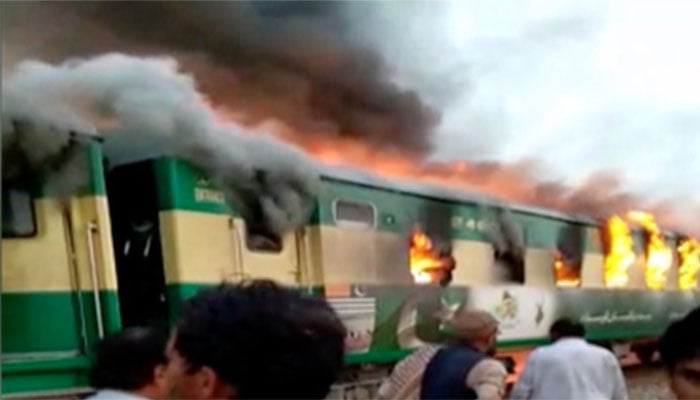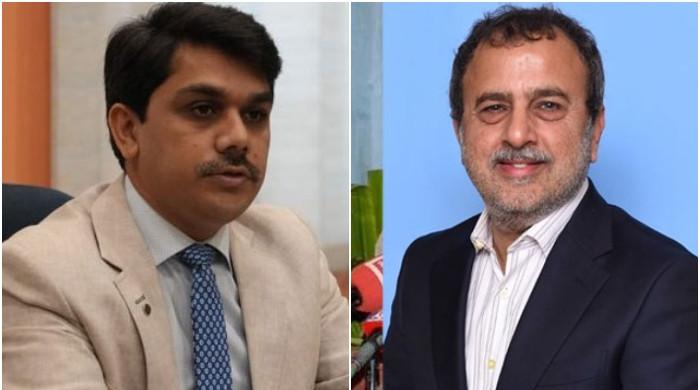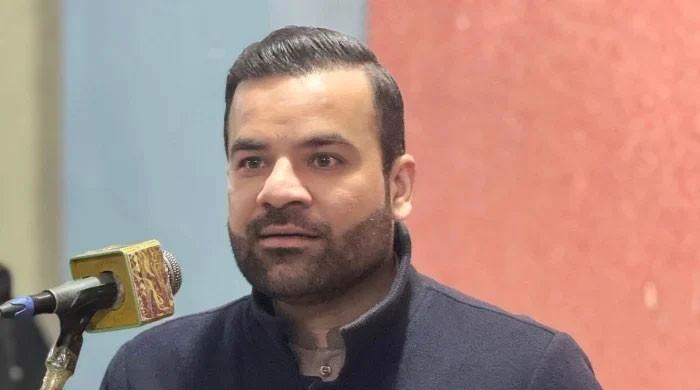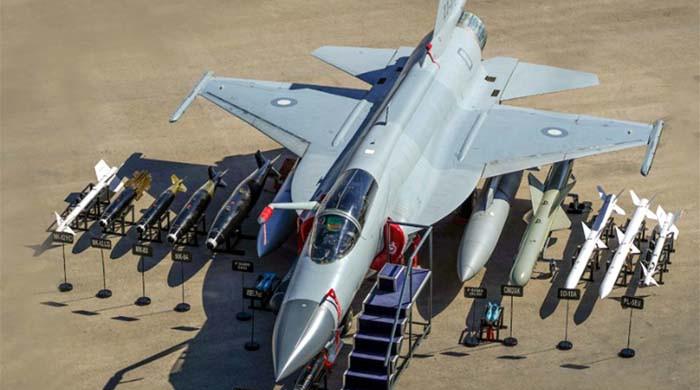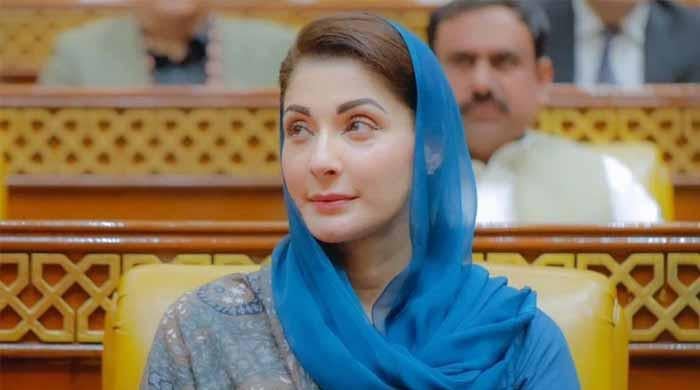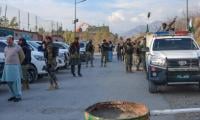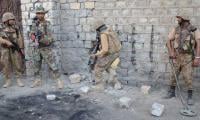Here are major train accidents in Pakistan since 1953
A research, conducted by the Jang Group and Geo Television Network, has enlisted the incidents that sent the nation reeling time and again
LAHORE: Since 1953, countless train-related accidents in Pakistan have left the nation mourning, while latest train tragedies continue to mount.
On Thursday, at least 75 people lost their lives after an ill-fated train, travelling between Karachi and Rawalpindi, caught fire that was reportedly caused by the explosion of a gas cylinder being used by some passengers preparing their breakfast.
A research, conducted by the Jang Group and Geo Television Network, has enlisted the incidents that sent the nation reeling time and again.
Founded in 1861, Pakistan Railways owns 4,800 miles (7,791 km) of track across Pakistan.
According to its growth vision till 2026, this public sector entity seeks to increase its share of the transportation sector from about five per cent currently to 20 percent; with ₨886.68 billion (US$6.3 billion) China-Pakistan Economic Corridor (CPEC) rail upgrade budget.
During the financial year 2018-19, Pakistan Railways had served 70 million passengers. Pakistan Railways has often been criticised for its deteriorating service and declining number of passengers and trains over the years.
On August 20, 2019, the "International Railway Journal" had written: "Pakistan Railways has announced its highest-ever revenue of Rs 54.6billion ($US 340.5million) for the 2018-19 financial year, which it says is Rs10 billion more than in 2017-18. The company faced higher costs in 2018-19 of Rs6 billion due to pay increases, higher pension contributions, and rising fuel charges. Nevertheless, it managed to cut its annual deficit by Rs4 billion from Rs36 billion in 2017-18 to Rs 32 billion in 2018-19. It refurbished 24 passenger trains at its workshops in Lahore and Islamabad. These trains attracted around 8 million passengers and generated Rs 5billion in additional revenue. Overall, Pakistan Railways increased the number of rail passengers to 70 million."
Railway was the predominant mode of transportation in Pakistan until 1970s. At its peak between 1955 and 1960, Pakistan Railways had handled 73 percent of the country's freight traffic (compared to less than four percent in 2015).
But despite keeping its targets high, Pakistan Railways has a history of fatal railway accidents.
Here follow brief details of some major Pakistan-related train accidents that readily come to mind:
• In 1953, some 200 people were killed in a railway accident at Jhampeer.
• In 1954, at least 60 people were killed in an accident at Jhang Shahi.
• In 1969, over 80 people were killed in the Liaqatpur railway accident.
• On October 22, 1987, at least 28 people were killed and 60 others injured when a bus had collided with a train near the city of Moro, about 200 miles north of Karachi.
• On the night between January 3 and January 4, 1990, 350 people were killed in a train accident at Sangi village, near Pannu Aqil Cantonment, some 15km from Sukkur.
• One particular incident is said to be the worst accident of its kind in Pakistan’s 67-year history.
According to the "Los Angeles Times," television footages showed rows of bodies wrapped in blankets near the wreckage of an overcrowded 16-carriage and 1,408-seat, Multan to Karachi, Bahauddin Express passenger train. It was reported that the train had switched onto the wrong track to hit a 67-car, freight train standing in a village station.
The locomotive was overturned and several cars were crushed or ripped open, with over 700 people were injured in this disaster.
The investigation found the railway staff to be 'directly responsible' for the disaster and three staffers on duty at Sangi station were charged with manslaughter.
• On June 8, 1991, according to the American news agency "Associated Press," a crowded passenger train had again slammed into a freight train, killing at least 100 people. This Karachi-Lahore-Islamabad express had crashed into the freight train parked at the station in Ghotki, 400 miles north of Karachi.
• In November 1992, 54 people were again killed in an accident at the Ghotki railway station after a passenger train had rammed into the back of a freight train.
• On March 3, 1997, at least 14 people were killed and about 100 injured in a train crash near Khanewal city. Officials said six cars of a Karachi-bound passenger train had derailed after it had failed to stop at a junction and was diverted onto a dead-end track to avoid a more serious collision.
• On July 13, 2005, at least 110 people had perished after Quetta Express was hit from behind at Ghotki station by another train (Karachi Express), which had missed a signal. The collision had caused several of the cars to derail. The derailed cars were subsequently hit by a third train (Tezgam). The three trains were carrying over 3000 passengers all together. Some sources had claimed that the death toll was around 500.
• In August 2005, an upcountry Super Parcels Express had jumped the rails while crossing the Malir Bridge near Landhi in the Karachi Division. Eight bogies were substantially damaged when an axle had broken due to over loading.
• In August 2006, seven coaches of Lahore Express had jumped the rails near Domeli, a station 33 kms short of Jhelum. Four of the coaches had plunged into a 50 feet ravine.
• In February 2006, at least one person was killed and 30 others were injured when Lahore-bound Karakoram Express had derailed near Bahawalpur.
• It was again in February 2006 that a Chinese container train carrying chemicals had collided with a stationary oil train some 180 kilometres from Karachi. The action had sparked a fire but there were no casualties. The train carrying oil was on the track at the station when a northbound goods train had hit it from behind and a fire broke out. At least 18 wagons of the goods train were burnt out in the blaze, and some oil was spilled at the scene.
• In December 2007, nearly 50 people had died in a derailment incident near the town of Mehrabpur in Sindh. Around14 of the train's 16 carriages had left the tracks, some being mangled by the crash, others simply sliding down an embankment into the water.
• In July 2013, at least 14 members of an extended family were killed by a speeding train that hit a motorcycle rickshaw near Khanpur village, about 50 km from Gujranwala.
• It was also in July 2013 that two people lost lives when a Rawalpindi-bound train derailed from its tracks near Gujranwala.
• In October 2014, a business train had hit a freight train near Ran Pathani, leading to the unnatural demise of an assistant driver.
• On July 2, 2015, three carriages of a special train fell into a canal and another derailed near Gujranwala, leaving around 20 dead.
• On November 17, 2015, Jaffar Express had derailed near a place called "Aab-e-Gum" in Balochistan, leading to another 20 deaths.
• On November 3, 2016, killing 21 people, two trains had collided at the Landhi railway station in Karachi, leaving 21 dead.
• On July 11, 2019, Akbar Express had a parked cargo train at the Walhaar Station near Sadiqabad, leaving at least 21 people dead.
-
Security forces gun down 30 terrorists in multiple IBOs in KP: ISPR
-
MQM-P calls for new province in Sindh
-
US report validates Pakistan military edge over India: PM
-
Banned TTP poses serious threat to Pakistan security: UNSC panel
-
CM Afridi clarifies remarks on by-poll after ECP requests army deployment
-
Dubai sees 3.2m Pakistani passengers in 2025 as airport sets new milestone
-
Security forces kill 23 Indian proxy terrorists in KP's Kurram
-
Pakistan to construct island to boost oil exploration: report
